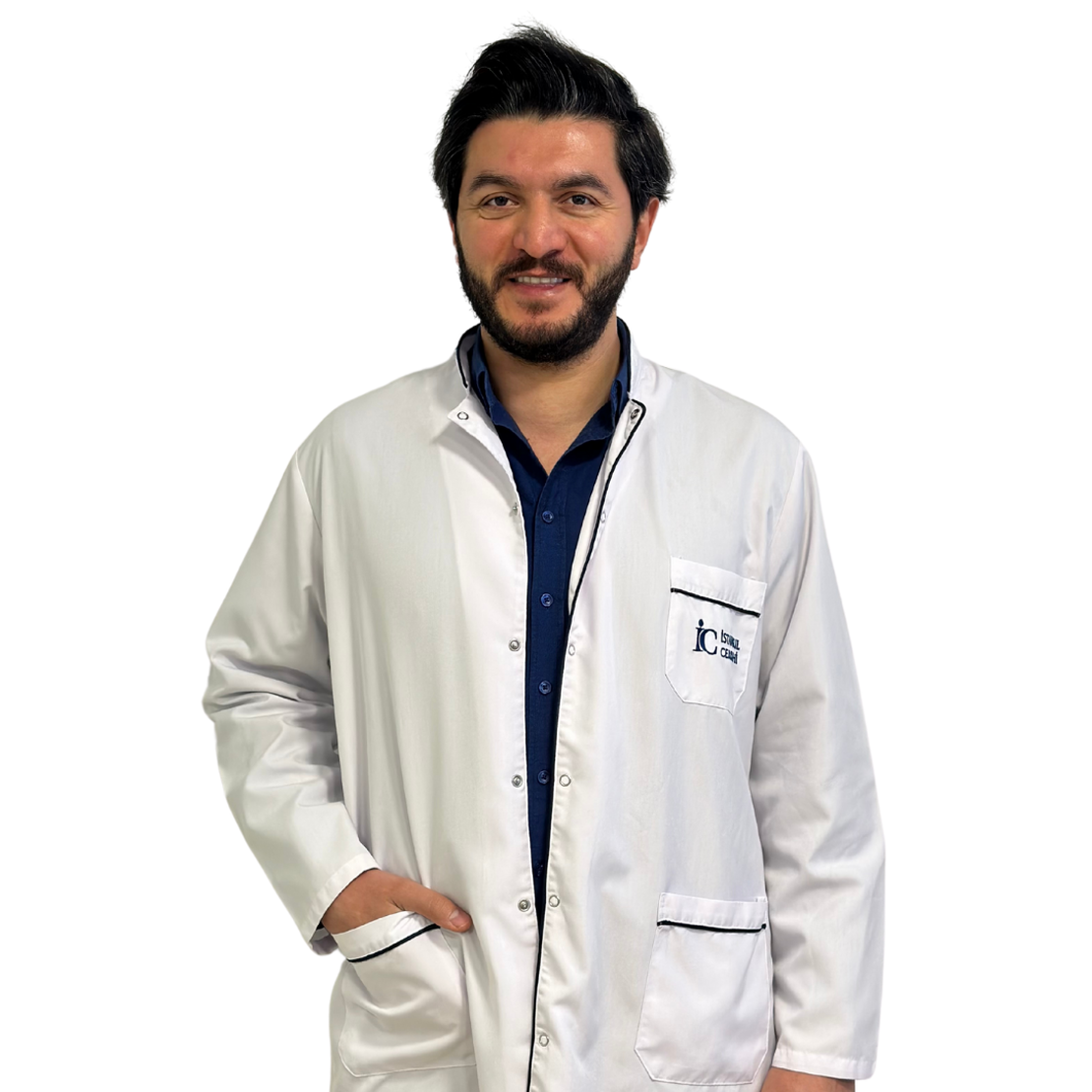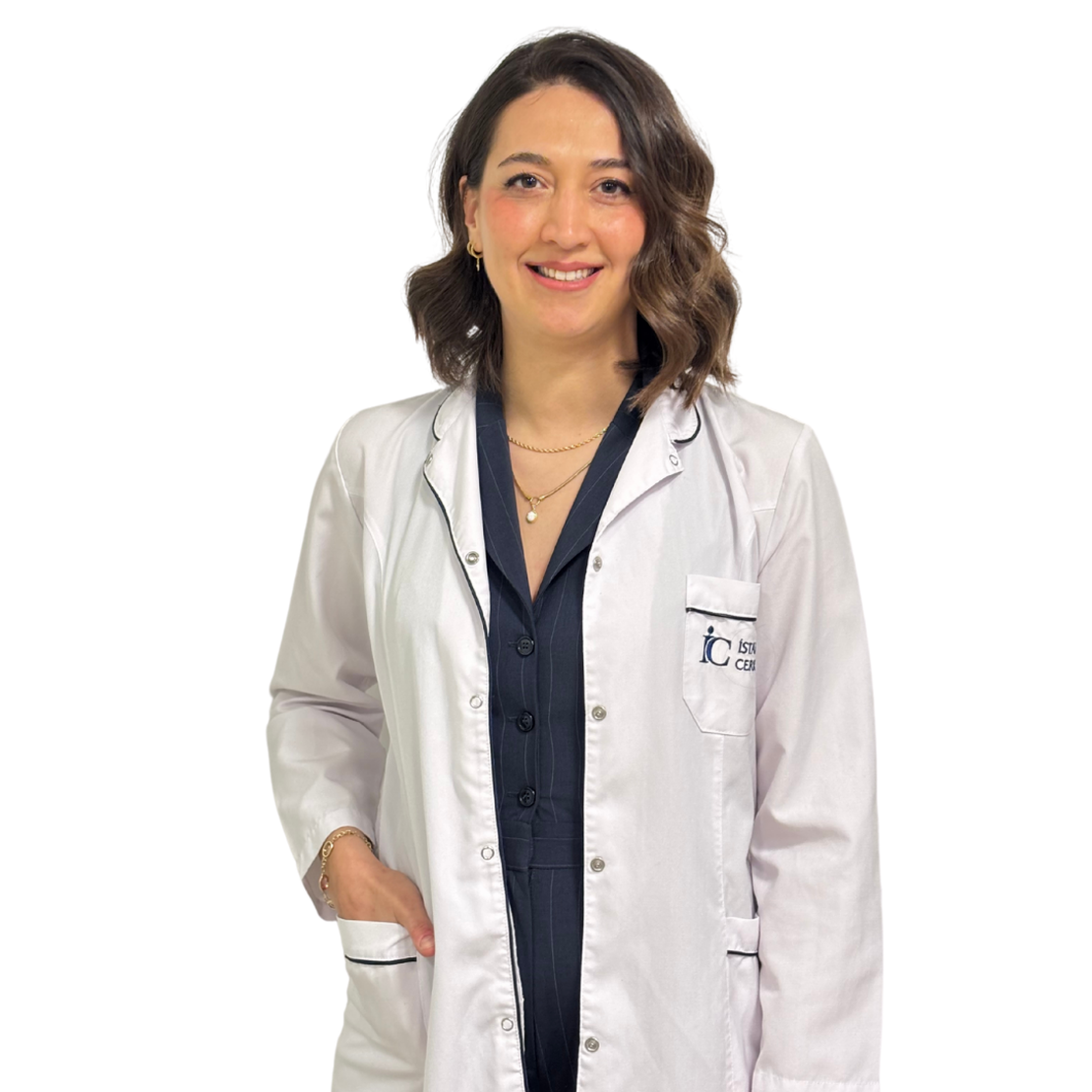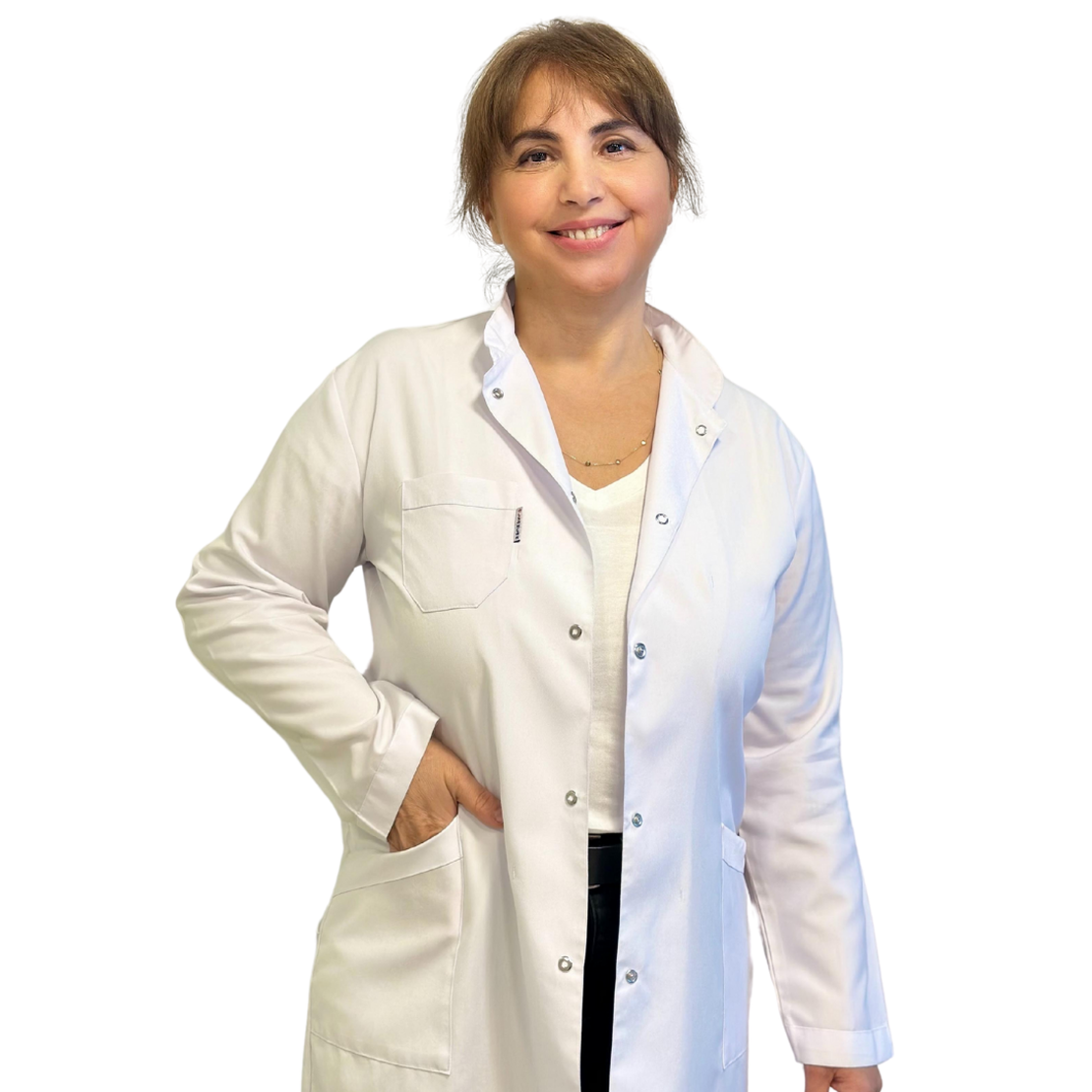About the Department
The Orthopedics and Traumatology Department at Istanbul Cerrahi Hospital provides comprehensive diagnosis and treatment services for disorders of the musculoskeletal system. Our department, equipped with state-of-the-art technology and experienced specialists, offers modern treatment methods for various orthopedic conditions. We aim to improve our patients’ quality of life through accurate diagnosis and effective treatment plans.
Contents
- What is Orthopedics and Traumatology?
- What Conditions Does Orthopedics and Traumatology Deal With?
- Diagnosis and Tests in Orthopedics
- Treatment Methods in Orthopedics
- Frequently Asked Questions
What is Orthopedics and Traumatology?
Orthopedics and Traumatology is a medical specialty that focuses on the diagnosis and treatment of disorders affecting the musculoskeletal system. This branch deals with various conditions affecting bones, joints, muscles, ligaments, and tendons, including both traumatic injuries and chronic conditions.
At Istanbul Cerrahi Hospital’s Orthopedics and Traumatology Department, we use advanced diagnostic methods and modern treatment approaches to provide the best possible care for our patients. Our experienced team works with a patient-centered approach to develop personalized treatment plans.
What Conditions Does Orthopedics and Traumatology Deal With?
Our department provides diagnosis and treatment for various conditions:
Joint Disorders:
- Arthritis (osteoarthritis, rheumatoid arthritis)
- Joint injuries
- Joint infections
- Joint deformities
- Joint replacement surgery
Bone Conditions:
- Fractures
- Bone infections
- Bone tumors
- Osteoporosis
- Growth disorders
Soft Tissue Injuries:
- Ligament injuries
- Tendon injuries
- Muscle injuries
- Sports injuries
- Cartilage damage
Spine Disorders:
- Herniated disc
- Spinal stenosis
- Scoliosis
- Back pain
- Neck pain
Pediatric Orthopedics:
- Congenital disorders
- Growth-related problems
- Developmental disorders
- Sports injuries in children
Diagnosis and Tests in Orthopedics
We use various diagnostic methods and tests:
Imaging Studies:
- X-rays
- MRI (Magnetic Resonance Imaging)
- CT (Computed Tomography)
- Bone density scans
- Ultrasound
Clinical Examinations:
- Physical examination
- Range of motion testing
- Strength testing
- Neurological examination
- Gait analysis
Laboratory Tests:
- Blood tests
- Joint fluid analysis
- Bone marrow tests
- Genetic testing
- Tissue biopsy
Treatment Methods in Orthopedics
We offer various treatment methods tailored to each patient’s specific condition:
Non-surgical Treatments:
- Medications
- Physical therapy
- Exercise programs
- Bracing and supports
- Joint injections
- Pain management
Surgical Procedures:
- Arthroscopic surgery
- Joint replacement
- Fracture repair
- Spine surgery
- Reconstructive surgery
- Sports medicine procedures
Rehabilitation Services:
- Physical therapy
- Occupational therapy
- Sports rehabilitation
- Post-operative rehabilitation
- Pain management
- Exercise programs
Preventive Care:
- Injury prevention
- Fall prevention
- Osteoporosis prevention
- Sports injury prevention
- Ergonomic advice
- Exercise recommendations
Frequently Asked Questions
When should I see an orthopedic specialist?
You should consult an orthopedic specialist if you experience:
- Persistent joint pain
- Limited range of motion
- Bone or joint injuries
- Chronic back or neck pain
- Sports injuries
- Difficulty performing daily activities
What is arthroscopic surgery?
Arthroscopic surgery is a minimally invasive procedure that uses small incisions and a camera to diagnose and treat joint problems. Benefits include:
- Less pain
- Faster recovery
- Smaller scars
- Lower risk of complications
How long is recovery after joint replacement?
Recovery time varies depending on:
- Type of joint replaced
- Patient’s age and health
- Compliance with rehabilitation Most patients can return to normal activities within 3-6 months.
What can be done to prevent orthopedic injuries?
Prevention strategies include:
- Regular exercise
- Proper warm-up before activities
- Using correct techniques
- Maintaining healthy weight
- Wearing appropriate protective gear
- Regular stretching
How is osteoporosis diagnosed and treated?
Diagnosis includes:
- Bone density scans
- Risk factor assessment
- Blood tests Treatment involves:
- Medications
- Calcium and vitamin D supplements
- Weight-bearing exercises
- Fall prevention
- Lifestyle modifications
As the Orthopedics and Traumatology Department at Istanbul Cerrahi Hospital, we are committed to providing our patients with the highest quality care using the latest medical technologies and treatment methods. Our goal is to help our patients regain mobility and improve their quality of life through comprehensive orthopedic care and ongoing support.



